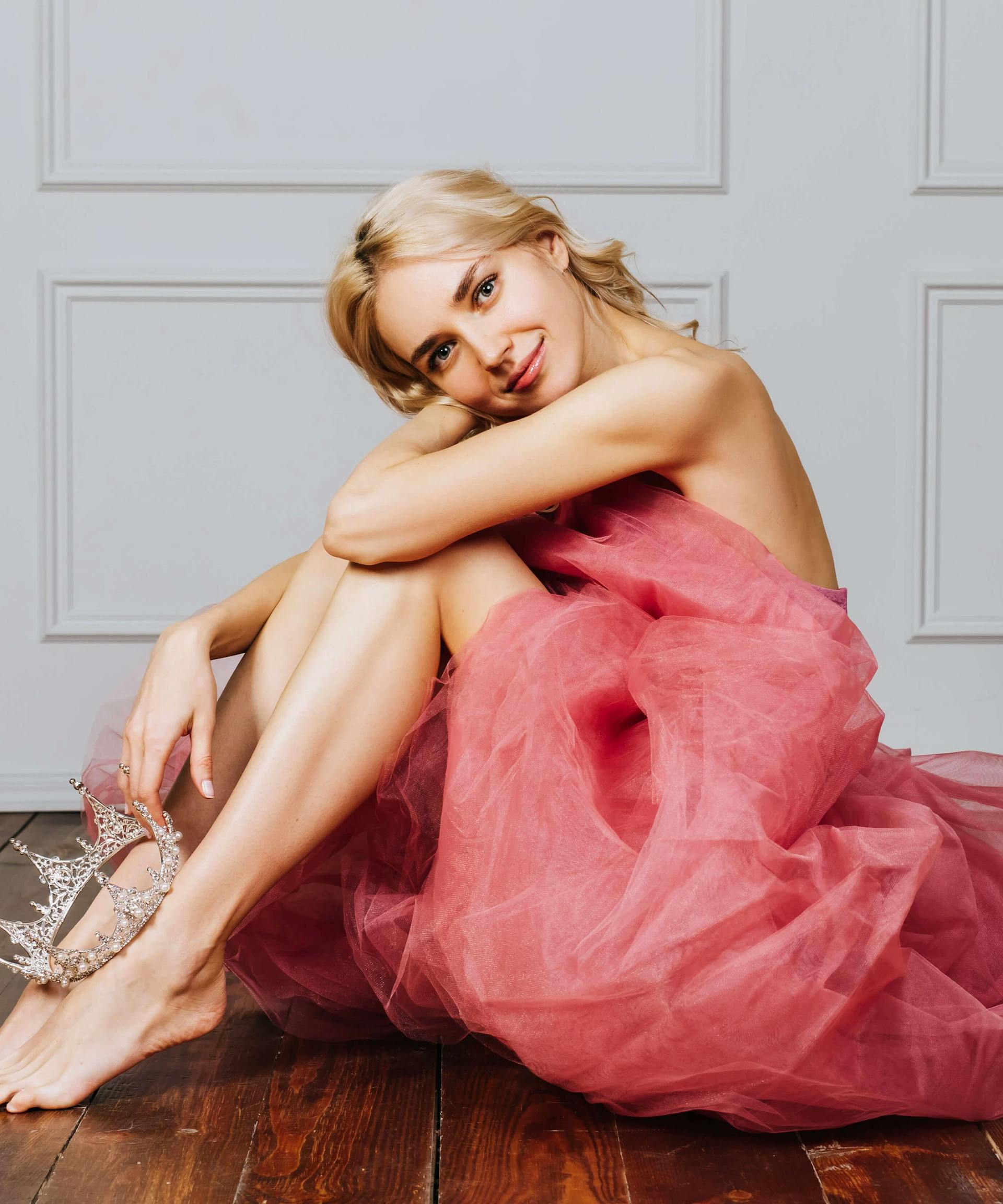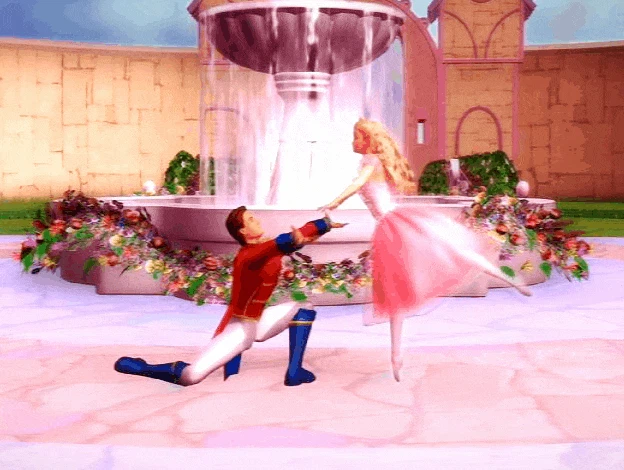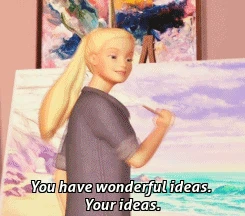Why Girls Who Grew Up On The Barbie Movies Are The Best
While many girls grew up playing with Barbie dolls, only so many got to experience the magic that was the Barbie movies.

In the early 2000s, Mattel recreated classic tales starring Barbie in their straight-to-video release movie series, and they’re a joy to watch. They not only capture the beauty of femininity that Barbie celebrates but also encourage young girls to be themselves and embrace adventure. While these movies have yet to convert Barbie’s harshest critics, we believe that they’re the epitome of what being a Barbie girl is about.
2000s Barbie Movies Teach Young Girls To Embrace Femininity and Adventure
Though there are plenty of Barbie movies, the best ones came out in the early 2000s. Fan favorites include Barbie in the Nutcracker, Barbie as Rapunzel, and Barbie of Swan Lake.
All three movies have a similar premise: Barbie’s younger sister, Kelly, needs a confidence boost, leading Barbie to tell her the reimagined versions of the tales the movies are based on to help inspire her. In Barbie in the Nutcracker, Kelly struggles to master the steps to her solo ballet routine (which is coincidentally the Dance of the Sugarplum Fairy from The Nutcracker) but learns the importance of confidence through the story of Clara in The Nutcracker. Kelly also learns the lessons of the importance of creativity in Barbie as Rapunzel and overcoming her fears in Barbie of Swan Lake.

Clara, Rapunzel, and Odette all show qualities of feminine strength and a desire for adventure. To make it better, their adventures always strengthen their character, inspiring Kelly to overcome her fears at the end of each movie. All of these women are unapologetically themselves, and Barbie uses these stories to encourage Kelly to overcome her own fears and be herself.

The values of sisterhood and female friendships are also present in these movies. We all know the importance of strong female friendships, and these movies teach us how important it is to value both our female friends and sisters. Barbie goes out of her way to teach Kelly how to gain confidence and use her imagination, and that’s an important message for girls and women of all ages.
It’s Important To Teach Young Girls To Be Themselves
One of the best things about the Barbie franchise is that there’s a Barbie doll for every girl. Barbie has had over 200 jobs, including a presidential candidate, Olympic gymnast, and veterinarian. Plenty of famous and influential women (including the legendary nature scientist Jane Goodall) have had dolls modeled after them, demonstrating that Barbie’s mission is to encourage girls to follow their dreams. Nothing represents this as well as the adorable 2015 commercial titled, “Imagine The Possibilities.”
The commercial shows little girls as college professors, veterinarians, soccer coaches, entrepreneurs, and museum tour guides. The message of the commercial is clear: When a girl plays with Barbie dolls, she can be whatever her imagination desires. When her imagination is free to explore different life paths, she implicitly believes they are a real opportunity for her, real directions her life could take (technically, this applies to boys too, as well as adults).
Barbie’s Interesting Relationship with Feminism
Despite having every job under the sun and promoting the message of encouraging young girls to be themselves and follow their dreams, Barbie has a complicated relationship with modern feminists. Feminist writer Jill Filipovic argues, “Barbie is a literally objectified woman, not a superhero or an action figure, but a plastic lady notable because she’s pretty. And she remains a quintessential ‘girls’ toy,’ Patient Zero in the pinkification pandemic that has infected toy stores for two generations and now prominently segregates ‘girls’ toys’ (Dolls, Arts & Crafts and Bath, Beauty & Accessories on ToysRUs.com, for example) from ‘boys’ toys’ (Action Figures, Video Games, Bikes & Ride-ons).”
This line of thinking is very similar to the feminist critique of Disney Princesses, as Filipovic is basically arguing that Barbie is toxic because she’s pretty. Modern feminists (unlike first and second-wave feminists, who valued femininity) seem to despise femininity and don’t want young girls to embrace traditional femininity. Feminists should encourage girls to be themselves, whether they want to play with makeup, play soccer in the backyard, or conduct their own science experiments. What if *gasp* she puts on lip gloss after soccer practice before she plays with her science kit?
Susan Shapiro, a second-wave feminist and author of Barbie: 60 Years of Inspiration, argues that playing with Barbie dolls as a young girl helped her realize the importance of female friendships and that being a woman didn’t hold her back from following her dreams. She writes, “I also learned you could wear a hot bathing suit and lipstick while having multiple professions. Female companionship was essential, and a shortage of men wouldn't ruin any party. With Ken as the only escort, I stole my brothers' G.I. Joe for double dates with Midge. (I heard rumors of Ricky and Alan, but could never find them.)”
Shapiro continues, “Barbie was a model, singer, nurse, doctor, and stewardess, proving it was cool to have many careers. She paved the way for my stints as an unpaid intern, receptionist, failed poet, editorial assistant, paperback book critic, part-time teacher, and broke freelancer.”
The legacy of the Barbie franchise both encourages exploration of the world and all that you could become and affirms your own strengths and femininity. Not bad for a doll!
Closing Thoughts
Barbie has been an icon for over six decades, but the Barbie movies of the early 2000s will always have a special place in our hearts. The movies encourage young girls to celebrate themselves and embrace adventure, and what’s more empowering than that?
Help make Evie even better! Take the official Evie reader survey.